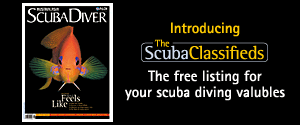- Home
- Directory
- Shop
- Underwater Cameras - Photographic Accessories
- Smartphone Housings
- Sea Scooters
- Hookah Dive Systems
- Underwater Metal Detectors
- Dive Gear
- Dive Accessories
- Diving DVD & Blu-Ray Discs
- Diving Books
- Underwater Drones
- Drones
- Subscriptions - Magazines
- Protective Cases
- Corrective Lenses
- Dive Wear
- Underwater Membership
- Assistive Technology - NDIS
- On Sale
- Underwater Gift Cards
- Underwater Art
- Power Stations
- Underwater Bargain Bin
- Brands
- 10bar
- AOI
- AquaTech
- AxisGo
- Backscatter Underwater Video and Photo
- BLU3
- Cayago
- Chasing
- Cinebags
- Digipower
- DJI
- Dyron
- Edge Smart Drive
- Eneloop
- Energizer
- Exotech Innovations
- Fantasea
- Fotocore
- Garmin
- Geneinno
- GoPro
- Hagul
- Hydro Sapiens
- Hydrotac
- Ikelite
- Indigo Industries
- Inon
- Insta360
- Intova
- Isotta Housings
- Jobe
- JOBY
- Kraken Sports
- LEFEET
- Mirage Dive
- Nautica Seascooters
- Nautilus Lifeline
- NautiSmart
- Nitecore
- Nokta Makro
- Oceanic
- Olympus
- OM System
- Orca Torch
- Paralenz
- PowerDive
- QYSEA
- Scubajet
- Scubalamp
- Sea & Sea
- SeaDoo Seascooter
- SeaLife
- Seavu
- Shark Shield
- Sherwood Scuba
- Spare Air
- StickTite
- Sublue
- Suunto
- SwellPro
- T-HOUSING
- Tusa
- U.N Photographics
- Venture Heat
- XTAR
- Yamaha Seascooter
- Youcan Robot
Celebrating Small Victories at Misool Eco Resort
Contributed by marit miners
It is with great pride that we announce the first official sanctions
in our No Take Zone. Last week our Rangers encountered two fishing
boats laying gill nets about 30 minutes north of Misool Eco Resort. The
illegal fishermen were intercepted on a routine patrol of our 1220 sq
km No-Take Zone. The Rangers inspected the boat papers, which very
clearly specified that they were forbidden to fish in conservation
areas, like ours. Furthermore, they were fishing for sharks and rays,
which was declared illegal in all of Raja Ampat in October 2010. We
confiscated their boat papers and ordered the crew to immediately start
hauling in their huge nets.
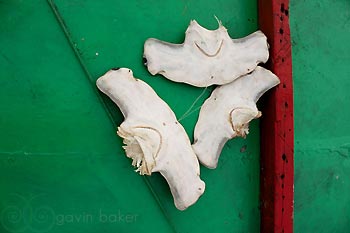 The deck of the boat was strewn
with body parts drying in the sun.
There was a clutch of miniscule shark fins, skins draped over drying
racks, and the disembodied heads of three juvenile hammerhead sharks.
Neither Andrew nor I have ever seen a live hammerhead in Raja Ampat. In
fact, the first underwater sighting confirmed with a photograph was
just 2 months ago by one of our guests. This illegal fishing boat was
pulling up gill nets within view of the dive site where the hammerhead
was photographed in March. We jettisoned everything- fins, skins,
backbones... it all went back into the sea where it belongs.
The deck of the boat was strewn
with body parts drying in the sun.
There was a clutch of miniscule shark fins, skins draped over drying
racks, and the disembodied heads of three juvenile hammerhead sharks.
Neither Andrew nor I have ever seen a live hammerhead in Raja Ampat. In
fact, the first underwater sighting confirmed with a photograph was
just 2 months ago by one of our guests. This illegal fishing boat was
pulling up gill nets within view of the dive site where the hammerhead
was photographed in March. We jettisoned everything- fins, skins,
backbones... it all went back into the sea where it belongs.
The process of pulling in the nets took the better part of half a
day, with three deckhands and the help of a motorised fly-wheel. These
nets are many kilometres long, and they kill indiscriminately -
anything too big to swim through the holes in the net is snagged,
including sharks, rays, dolphins, dugongs, whales, birds, and turtles.
When the nets break free of their tether, they become ghost nets
drifting through the sea. These nets are built to last from synthetic
materials. As animals become entangled, predators come to investigate
and get tangled as well. The cycle goes on and on for months or years,
until the currents snag the nets on a reef. It's a dirty and
destructive way to fish.
I jumped in the water and snorkelled along side the boat. The net
disappeared into the blue beneath me, tethering the slipshod fishing
boat to the sea floor some 100+ meters below. The seemingly unending
expanse of net was mesmerising, hypnotising. At some point there was a
flash of white looming below me, and as the net drew closer, I could
make out the outline of a tangled, thrashing animal. A few more turns
of the fly-wheel above us and it became clear that this was a massive
shovel-nose ray, very much still alive!
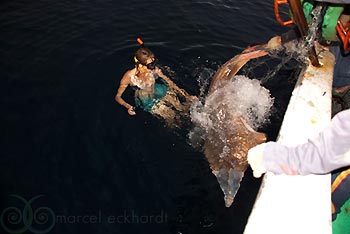 For those of you know don't know,
a shovel nose ray is an
elasmobranch, somewhere between a shark and a ray. The front end looks
just like a ray, and the back end looks just like a shark. Sometimes
they're referred to as guitarfish. This is the first time I had ever
seen one alive, and I can tell you they are gorgeous creatures, this
one easily spanning 2 meters from tip to tail.
For those of you know don't know,
a shovel nose ray is an
elasmobranch, somewhere between a shark and a ray. The front end looks
just like a ray, and the back end looks just like a shark. Sometimes
they're referred to as guitarfish. This is the first time I had ever
seen one alive, and I can tell you they are gorgeous creatures, this
one easily spanning 2 meters from tip to tail.
I shouted for the guys on deck to stop the fly-wheel, and it
sputtered to a halt just as the animal's tail left the water. The nylon
net had already begun to slice through the animal's flesh, and its
panicked thrashing only wrapped the net tighter - the race was on to
free the ray before any more damage was done. Andrew passed down my
dive knife, and I searched frantically for bits of net to cut without
inflicting any further damage on the already bloodied ray. Ultimately,
we were able to extricate the ray and there were whoops of joy all
around when it finally slipped out of the net and swam back down into
the depths. It was a small victory, but a meaningful one.
Once the nets were all collected, our Rangers escorted the boats
back to the Resort, where they tied onto our mooring buoy to await
processing. The following day, local authorities arrived and the boats
were taken to the village from which we've leased our No-Take Zone for
processing. The community elders there have recently instituted a
'Keputusan Adat,' roughly translated as 'Traditional Agreement,' which
clearly outlines specific sanctions for boats caught fishing in our
No-Take Zone. This was the very first case to be prosecuted in
accordance with the new regulation, and the boats received a fine of
approximately 3 month's wages, paid directly into the village's
coffers. The boats were essentially impounded until the captains paid
up, after which they were dispatched to Sorong to tell all their
shark-fishing friends about their treatment.
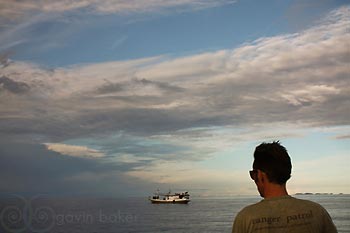 We are now half a decade into our
community patrolling effort, and
if we've learned anything along the way, it's that a clear enforcement
strategy is absolutely essential to conservation.
We are now half a decade into our
community patrolling effort, and
if we've learned anything along the way, it's that a clear enforcement
strategy is absolutely essential to conservation.
Without a well-defined mechanism for enforcement, which includes
punitive measures, regulations amount to nothing more than casual
suggestions for good behaviour at sea. We applaud the local Papuan
leaders for their forward-thinking measures. Our next step is to scale
up this homegrown victory and expand an enforcement strategy beyond the
boundaries of our No-Take-Zone and to the rest of Raja Ampat.
In October 2010 Misool Eco Resort and Shark Savers successfully
petitioned the Raja Ampat government to establish a shark and ray
sanctuary - by the Bupati's decree, it is now expressly forbidden to
fish for sharks, rays, turtles, and dugongs in all 46 million hectares
of Raja Ampat. This was a landmark decision, especially considering the
fact that Indonesia is the world's largest shark fishery. The country
has been methodically stripping its most valuable marine resources to
sell to China, where increasing numbers of consumers demand shark fin
soup.
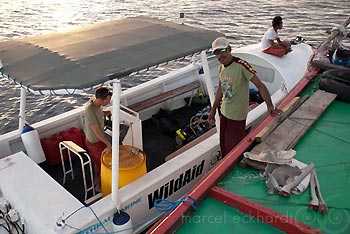 Thankfully, leaders here including
the Head Regent of Raja Ampat and
the Head of Raja Ampat's Tourism Depatment are very supportive of
conservation initiatives. They understand that apart from the critical
part sharks and rays play in the ecosystem, they also play a vital role
in the local economy. Without these beautiful animals, Raja Ampat's
nascent tourism industry is building on a crumbling foundation.
Thankfully, leaders here including
the Head Regent of Raja Ampat and
the Head of Raja Ampat's Tourism Depatment are very supportive of
conservation initiatives. They understand that apart from the critical
part sharks and rays play in the ecosystem, they also play a vital role
in the local economy. Without these beautiful animals, Raja Ampat's
nascent tourism industry is building on a crumbling foundation.
And so our Ranger Patrol continues to expand. As many of you already
know, we just about tripled the size of our No-Take Zone late last
year. Thanks to generous support from Wild Aid and other private donors, we've been
able to purchase a new speedboat so the Rangers can patrol the new area
around the Daram Islands.
We've employed a new team of local rangers and also started a
community patrol, in which each week 2 community members join the team
to participate in the patrol activities. This week, they've been busy
building a new ranger station in Daram. We'll be visiting the islands
together over the weekend to make the necessary supplications and
offerings to local spirits. Once that's done, our operation can
officially begin.
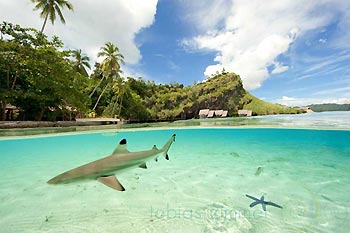 By now, hopefully you're asking
yourself how you can be a part of
this conservation success story. Well, we've got a few ideas for you!
The first is to come and visit us. Simply put, tourism supports our
conservation efforts. Let us show you around the world's richest reefs
- that's the best way to illustrate how our conservation initiatives
are paying off.
By now, hopefully you're asking
yourself how you can be a part of
this conservation success story. Well, we've got a few ideas for you!
The first is to come and visit us. Simply put, tourism supports our
conservation efforts. Let us show you around the world's richest reefs
- that's the best way to illustrate how our conservation initiatives
are paying off.
Alternatively, we've set up an Indonesian charity to receive funds
destined for our conservation initiatives. We are hoping to raise
enough money to replace our original Patrol boat, which as put in
several years of dutiful service and is now sorely in need of
retirement. The new boat plus engines will cost us somewhere in the
neighbourhood of 60,000 USD. We also need a considerable reserve fund
to staff the patrol and buy fuel. Please contact us at
info(at)misoolecoresort(dot)com for more details about how you can get
involved.
Shopfront
-
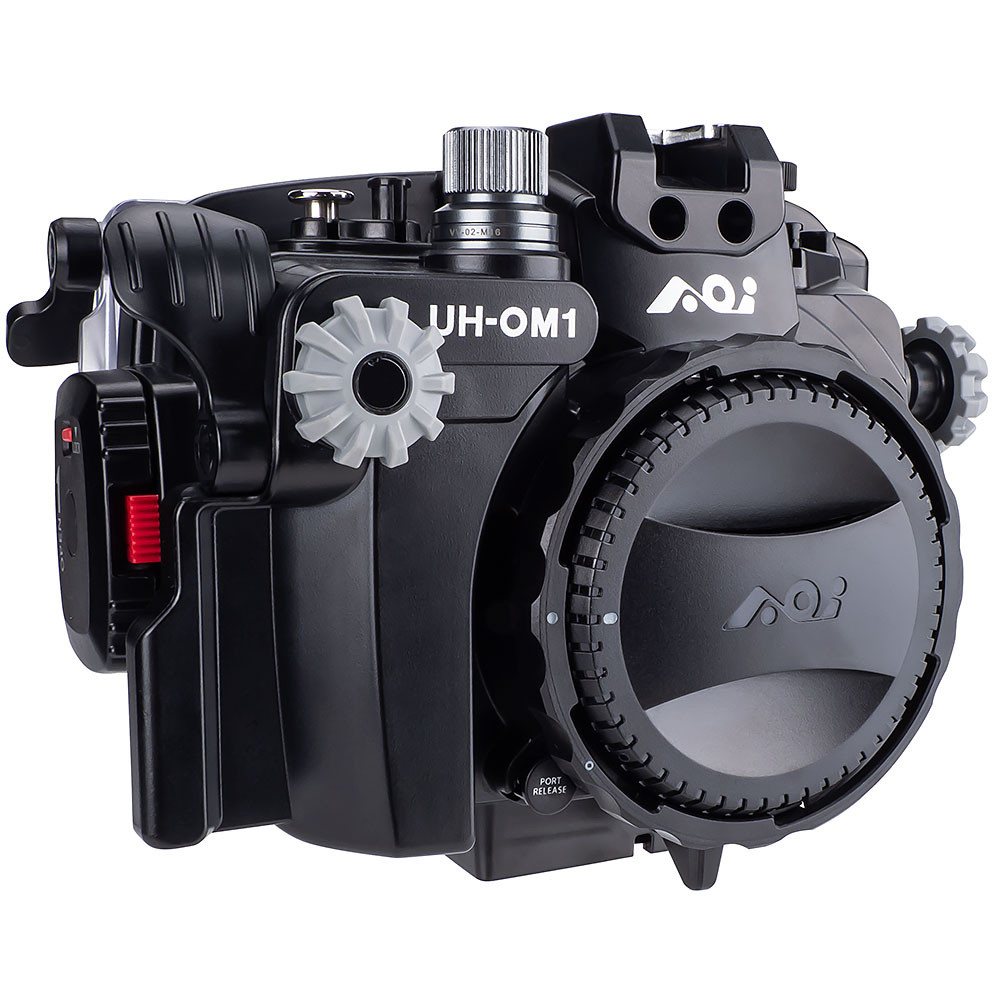 AOI UH-OM-1 Underwater Housing for Olympus and OM System OM1
AOI UH-OM-1 Underwater Housing for Olympus and OM System OM1
- Price A$ 1,699.00
-
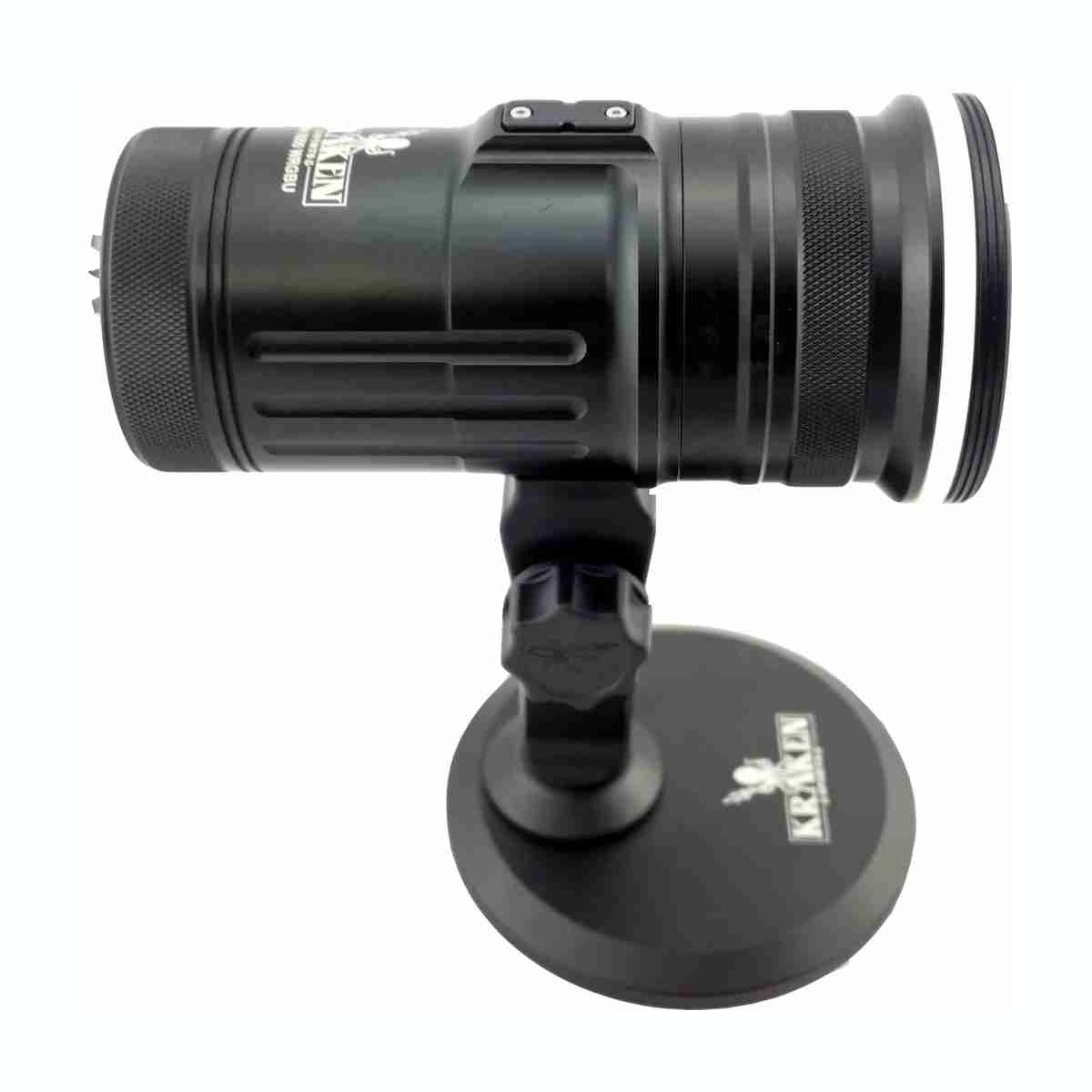 Kraken Hydra 8000 WRGBU
Kraken Hydra 8000 WRGBU
- Price A$ 1,129.00
-
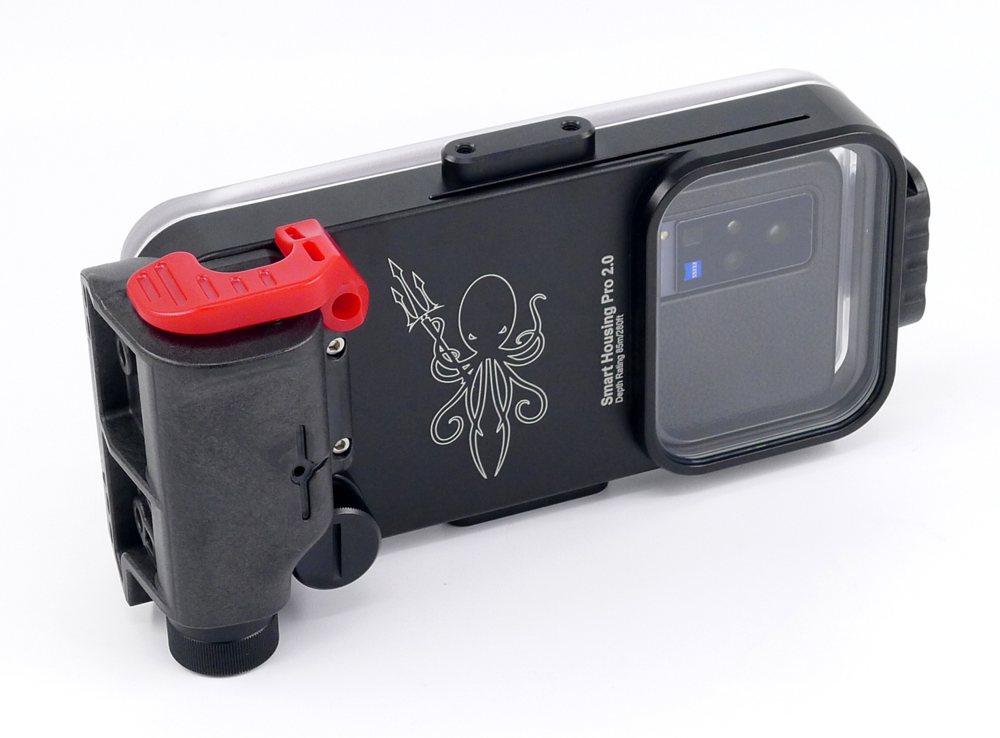 Kraken Sports - Universal Smart Phone Housing 2.0 Pro KRH07
Kraken Sports - Universal Smart Phone Housing 2.0 Pro KRH07
- Price A$ 799.00
-
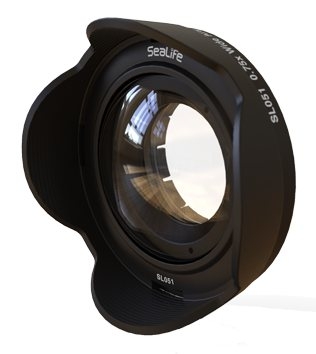 SeaLife 0.75x Wide Angle Conversion Lens
SeaLife 0.75x Wide Angle Conversion Lens
- Price A$ 299.00
-
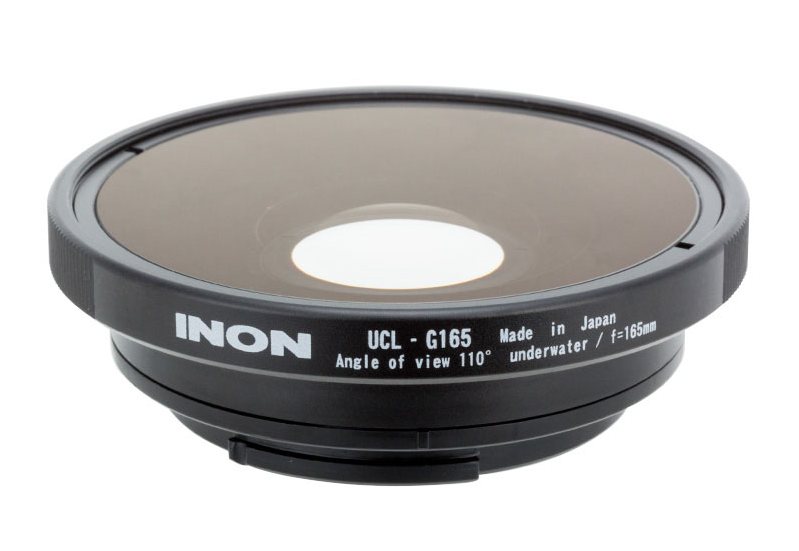 Inon UCL-G165 II SD Underwater Wide Close-up Lens
Inon UCL-G165 II SD Underwater Wide Close-up Lens
- Price A$ 329.00
-
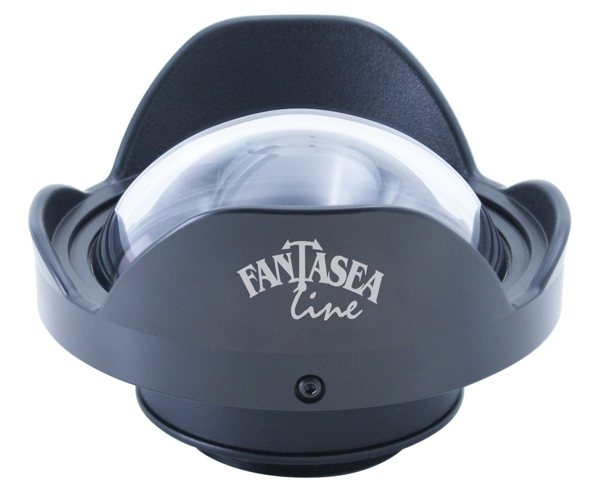 Fantasea UWL-400Q - Wide Angle Conversion Wet Lens 0.5x
Fantasea UWL-400Q - Wide Angle Conversion Wet Lens 0.5x
- Price A$ 599.00
-
 AquaTech EDGE Base Camera Water Housings - Fujifilm mirrorless
AquaTech EDGE Base Camera Water Housings - Fujifilm mirrorless
- Price A$ 1,249.00
In the Directory




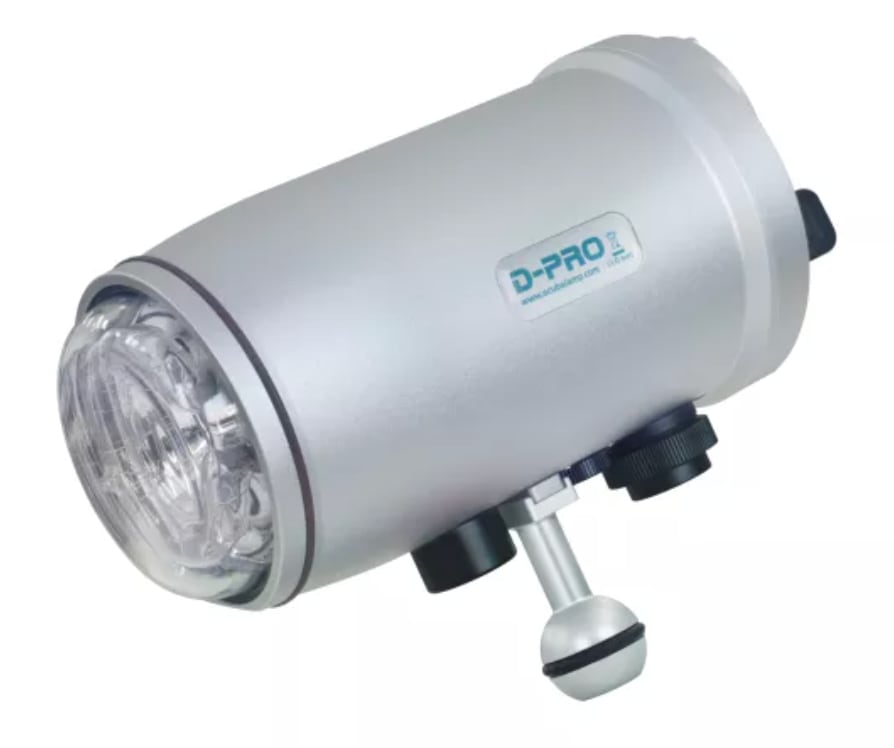

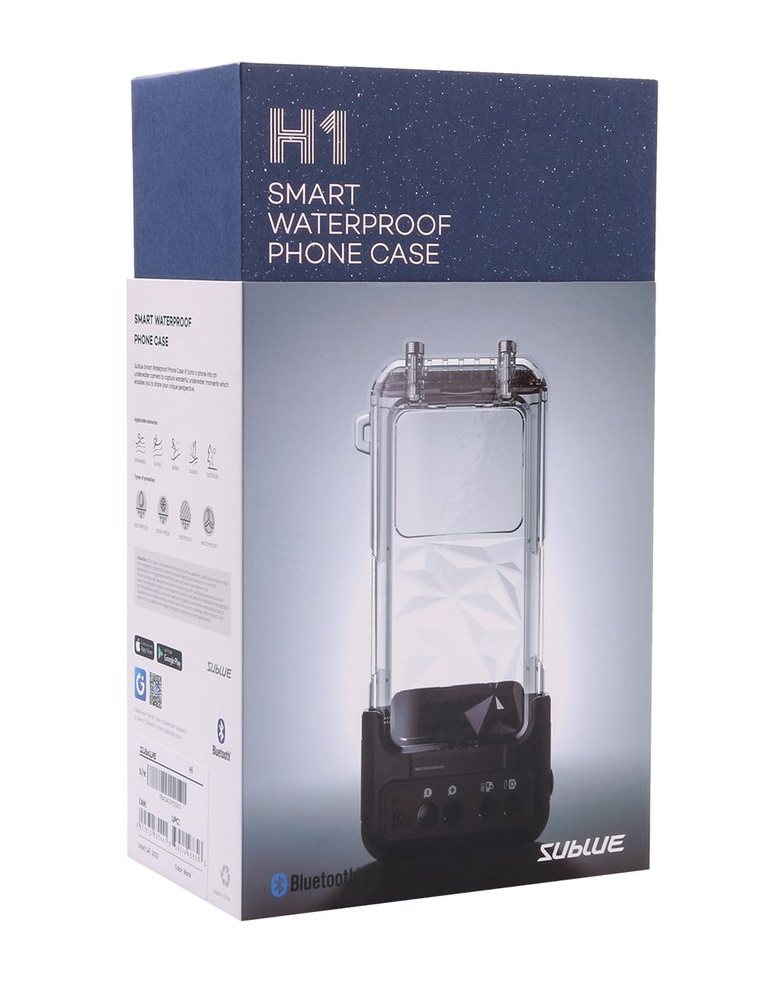
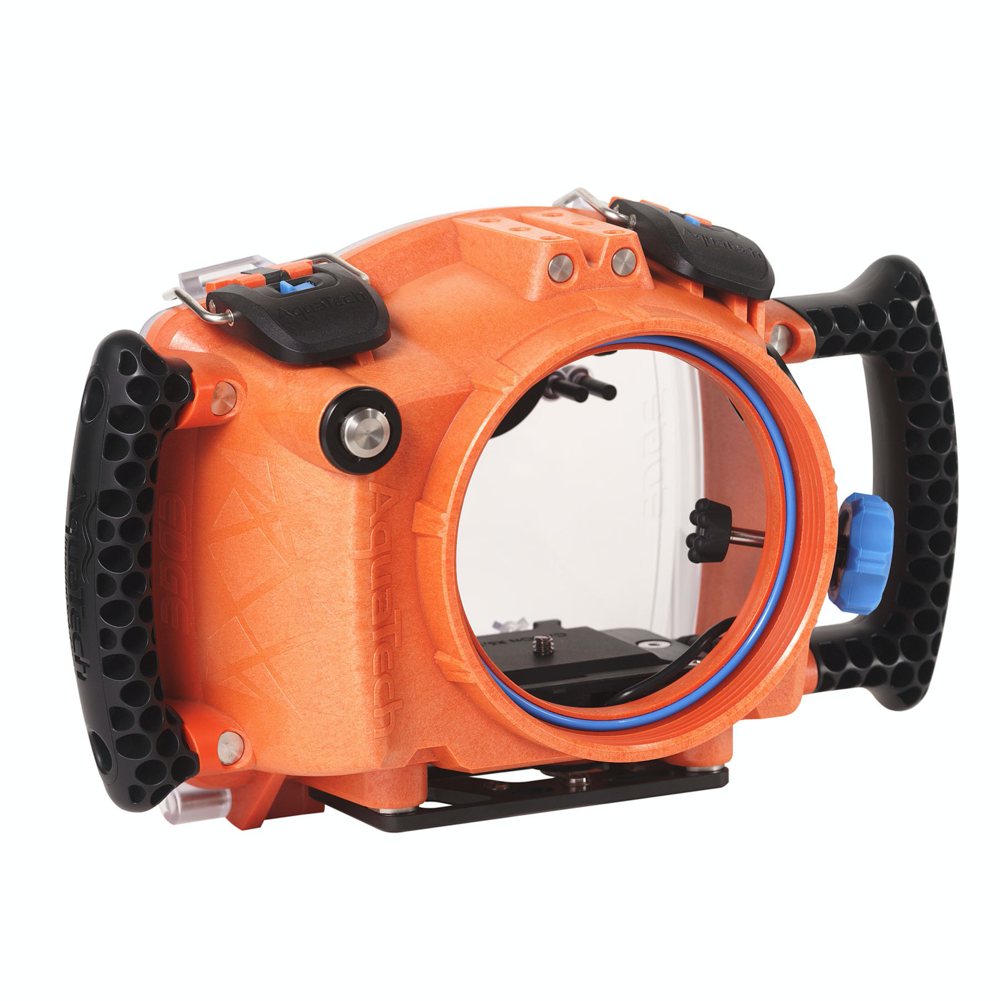
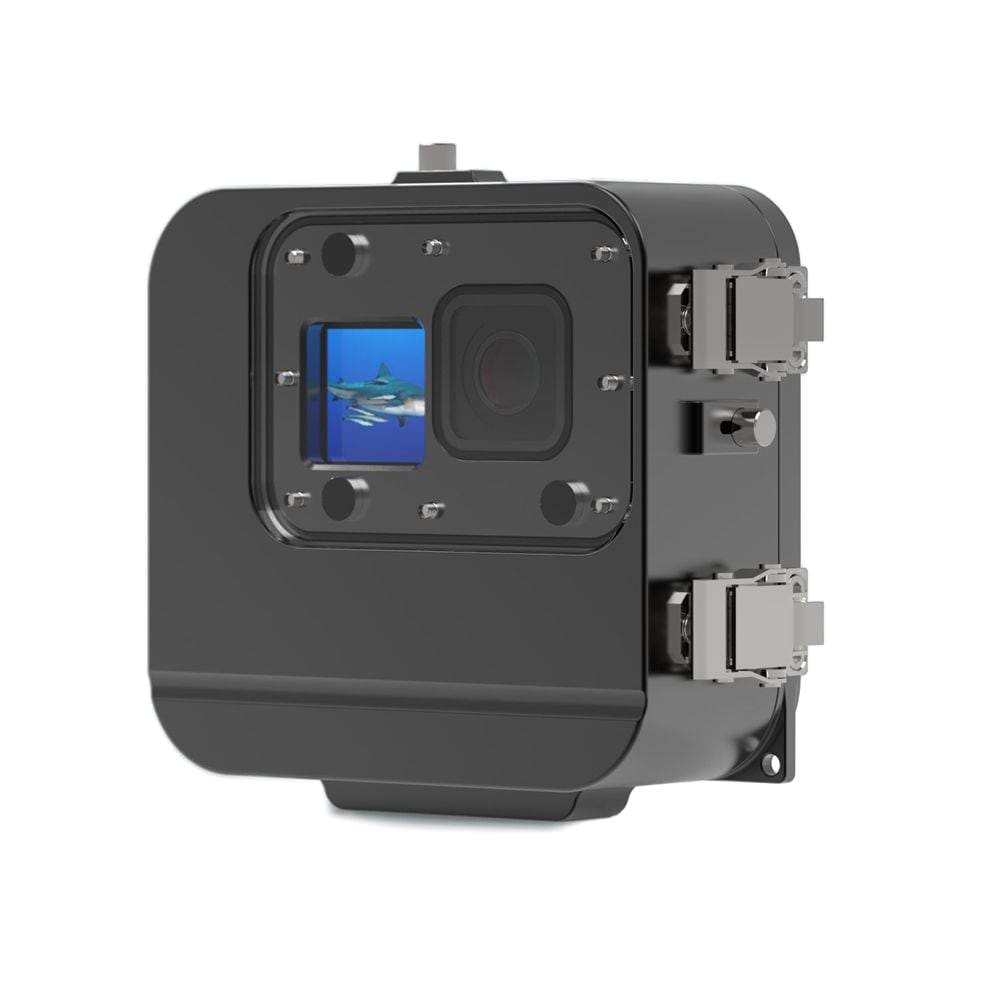
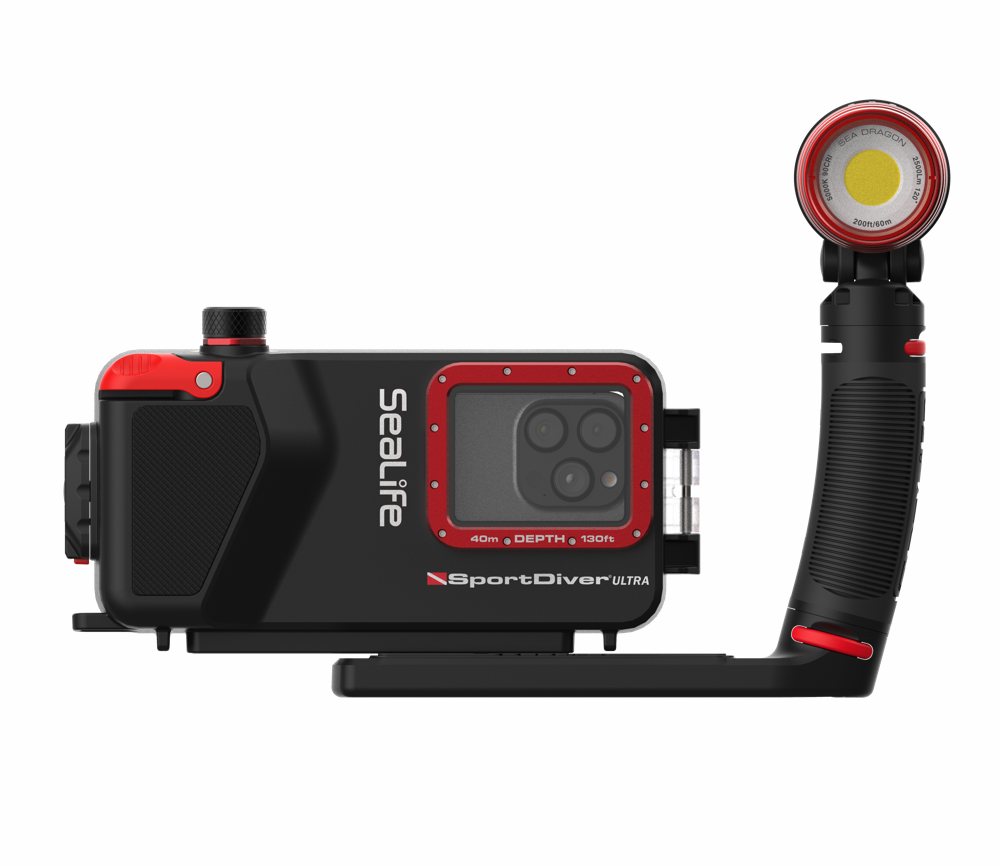




 Scubalamp PV22 V3 LED Video/Photo Light - 2000 lumens - UV option
Scubalamp PV22 V3 LED Video/Photo Light - 2000 lumens - UV option 


